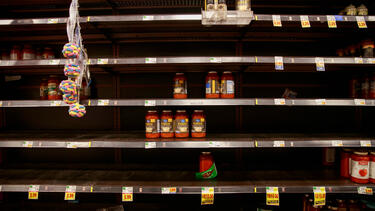Alumni
Renewable Energy Is Easier Than Ever to Build—and Harder to Talk About
Advances in technology and a maturing development ecosystem have made renewable energy more economical, less risky, and increasingly rewarding for landowners, says Reid Buckley ’89, a partner at Orion Renewable Energy Group. But it has also become more politicized.

Closed Borders Choke America’s Innovation Engine
A growing, dynamic economy desperately needs smooth, legal pathways for highly skilled immigrants, says Doug Rand ’10, co-director of the Talent Mobility Fund.

Connecting with the Consumer in a Distracted Age
Todd Kaplan ’06, CMO of Kraft Heinz, has redesigned the company’s creative process to deliver “marketing that happens.”

A Diversified Portfolio of Climate Solutions
We talked to Dean Takahashi ’83, founder and executive director of the Carbon Containment Lab, a nonprofit helping to develop multiple high-quality, undervalued climate innovations.

The Long—Really Long—Buildup
More than 30 years ago, Jeffrey Rudolph ’78 developed a master plan to build the California Science Center into a center of science, learning, and discovery. He’s still working away on it.

Selling Art in an Age of Disruption
Ariel Hudes ’18 is vice president for strategic projects and operations at Pace Gallery and the head of Pace Verso, which helps the gallery’s artists incorporate technology into their work. We talked to her about the evolving business of art and how artists are using AI tools to execute projects that wouldn’t otherwise be possible.
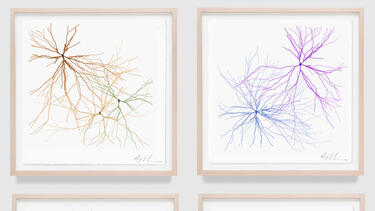
Video: Making the Music Happen
Sam Linden ’19 describes how he built the skills for a career at the intersection of business and the arts.
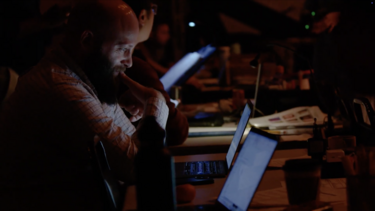
Museum and Community: Constructing Change
Under the leadership of executive director Zoe Kahr ’06, the Memphis Art Museum is moving into a striking new building under a new name, aiming to use art to help catalyze economic growth and civic energy in the city’s downtown.
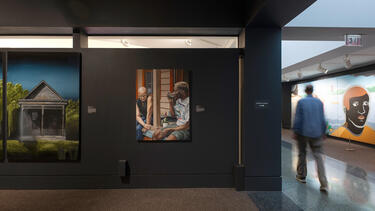
Museum and Community: Connecting with a Diverse City
The Museum of Fine Arts, Houston is one of the largest museums in the United States; it is also a local institution in the second-most-diverse large city in the country. Bradley Bailey ’10, the museum’s curator of Asian art, explains how the museum collaborates with immigrant communities to expand the understanding of Asian art.
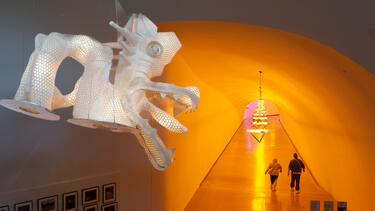
- Collection No. 10
The Business Behind the Arts
Every cultural institution has a mission that goes beyond the bottom line—enriching a community, preserving human achievement, delivering joy. But that mission also depends on business considerations—assembling financial and human capital, connecting with customers, considering long-term sustainability. We talked with leaders in the arts about the large and small strategic choices that their institutions must make to survive and succeed.
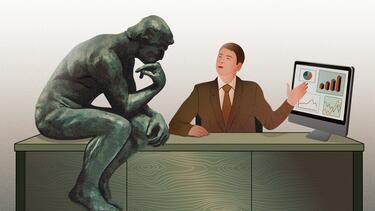
How Tariffs Could Empty Grocery Shelves
Sanitube’s sanitary steel products are an essential link in the supply chain that gets milk, cheese, and other foods to your kitchen table. Todd Adams ’10, the company’s president, says that the tariff turbulence buffeting his operations could end with escalating prices and even shortages of nutritional staples.
